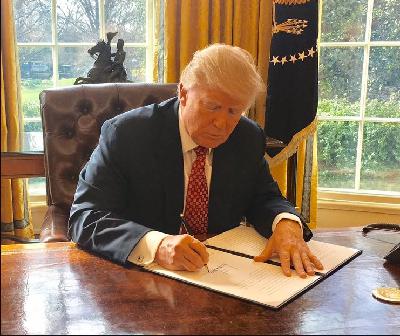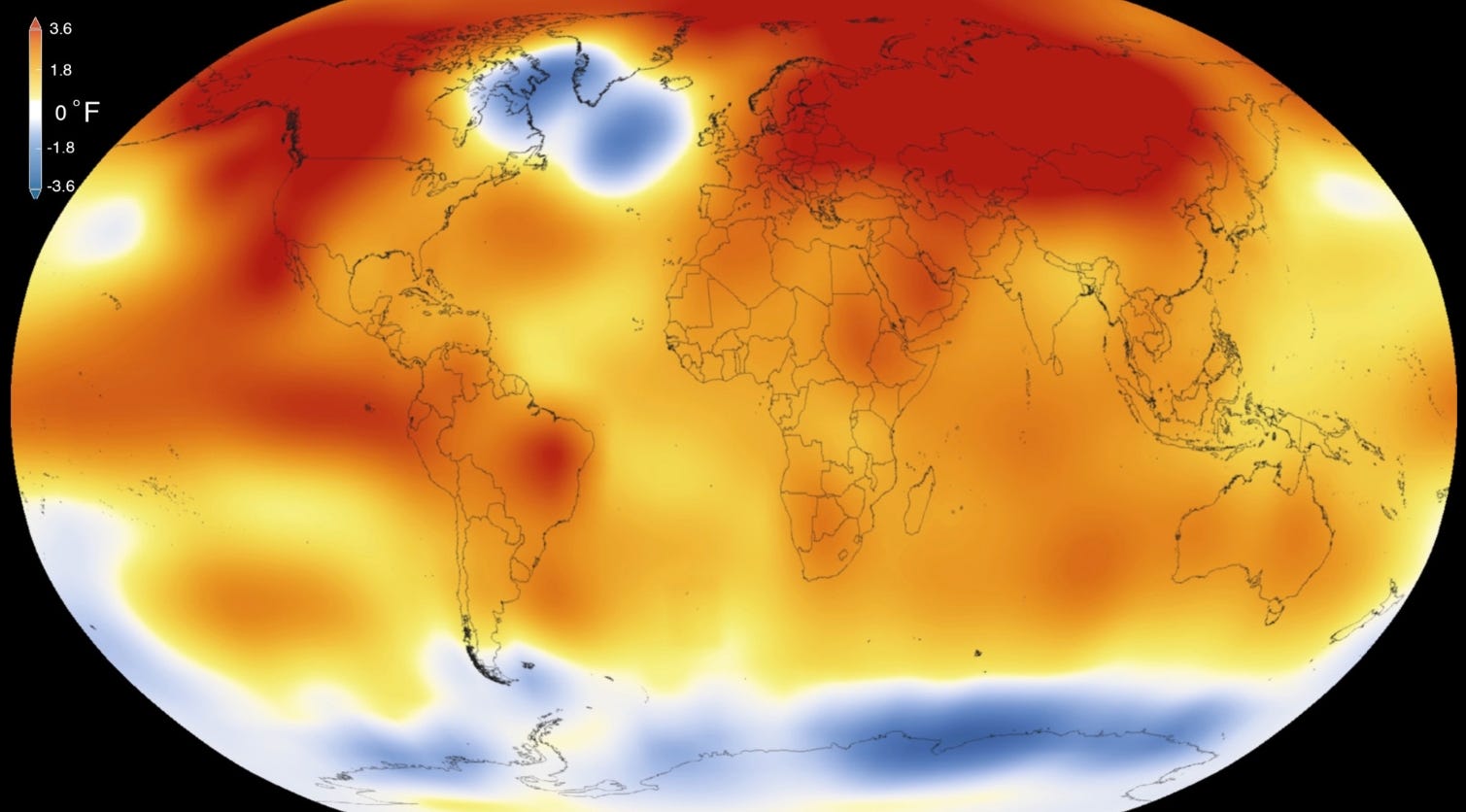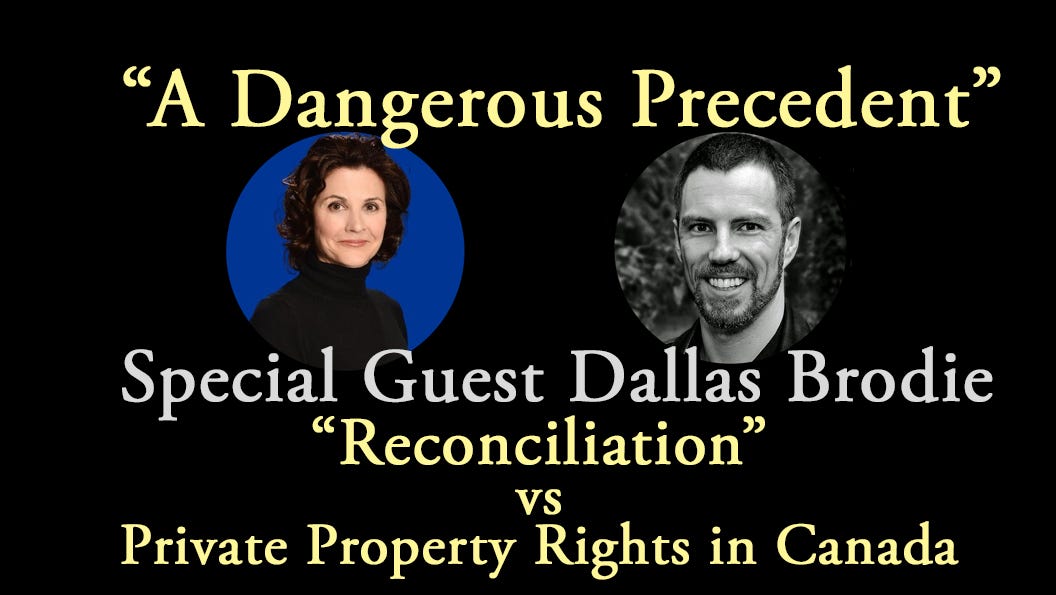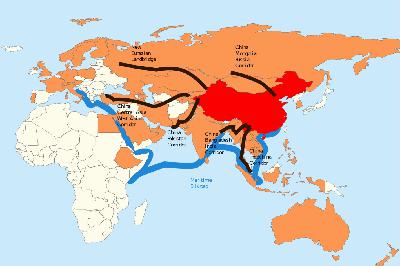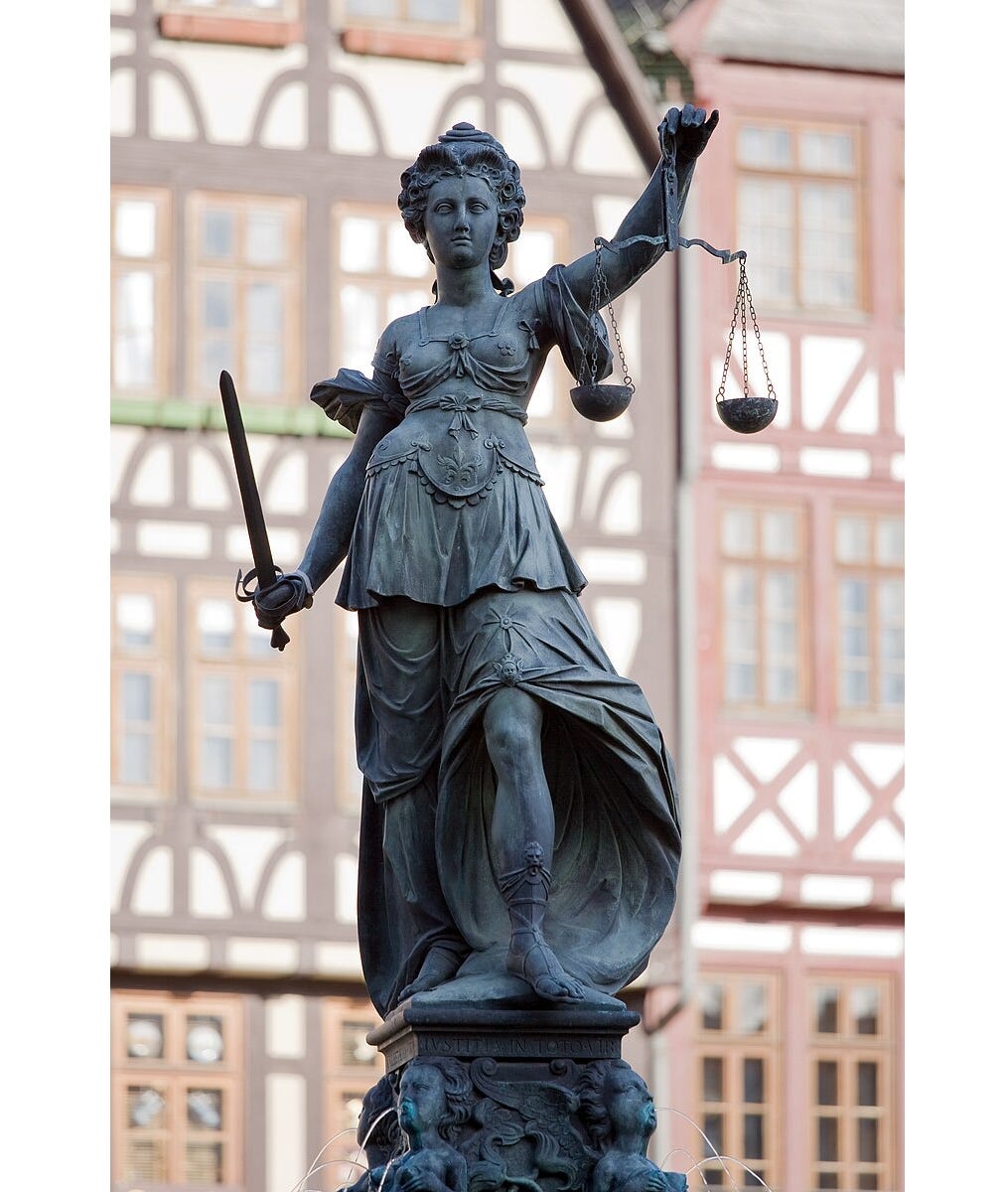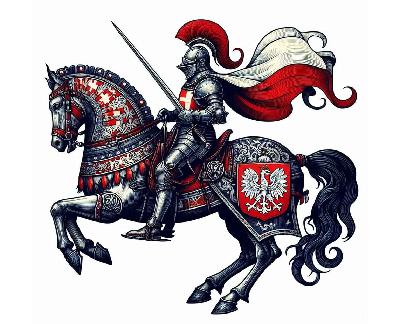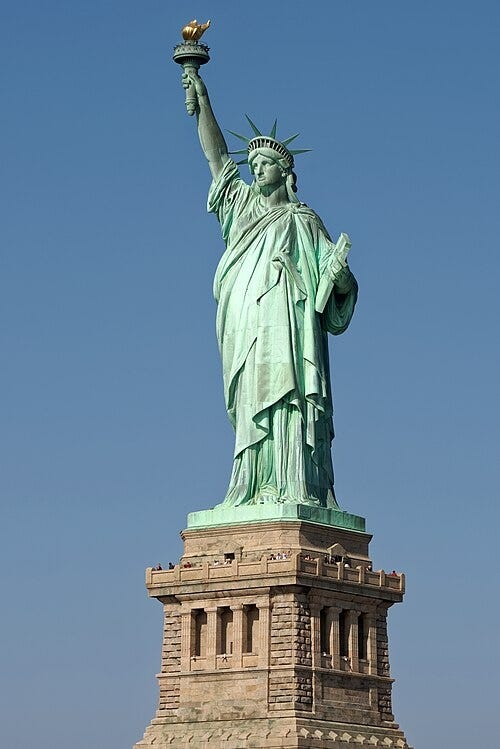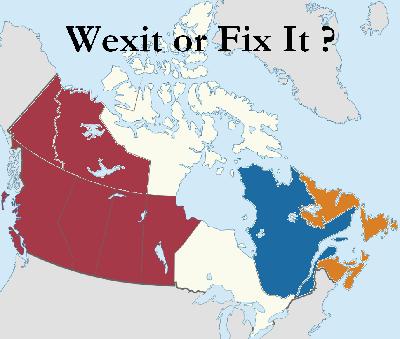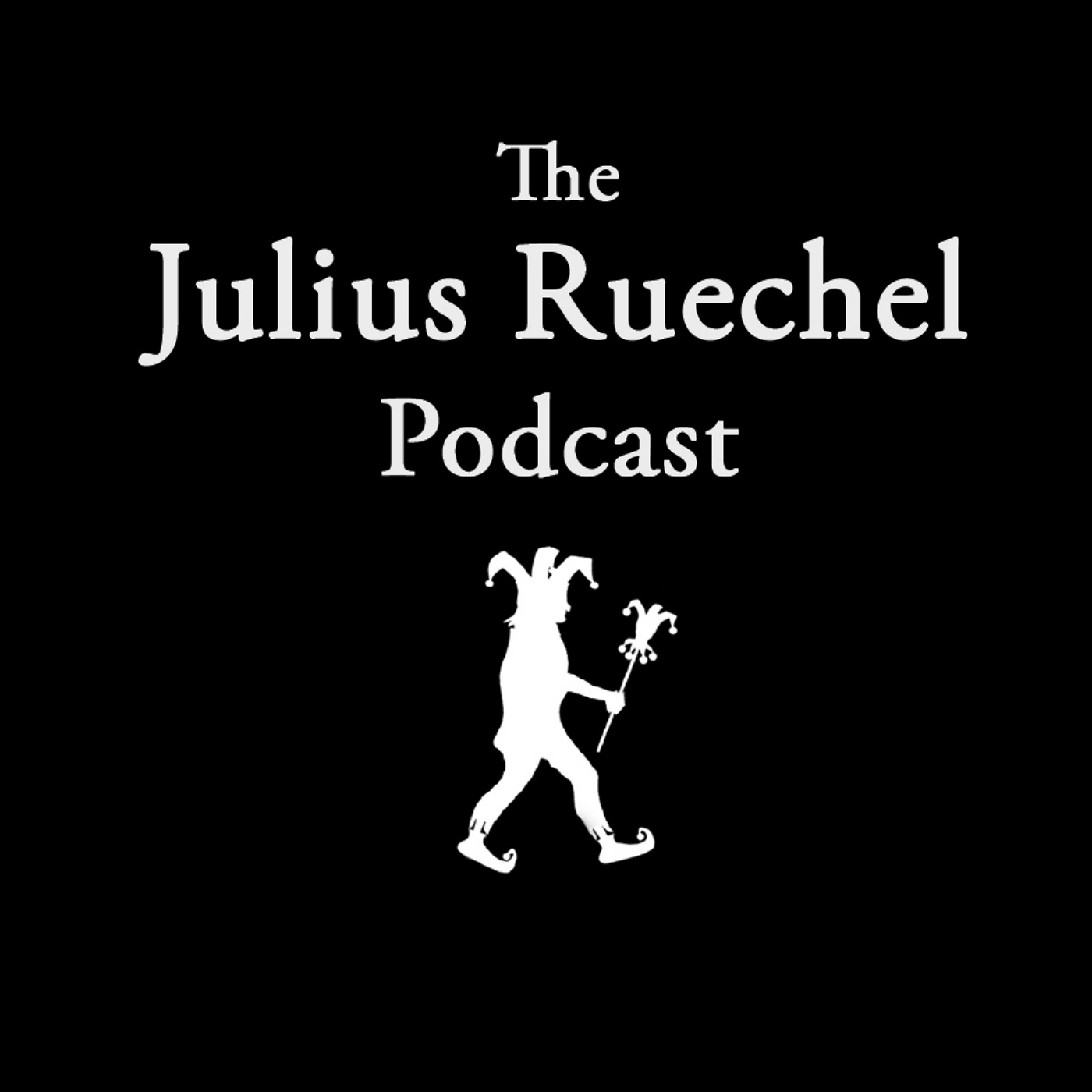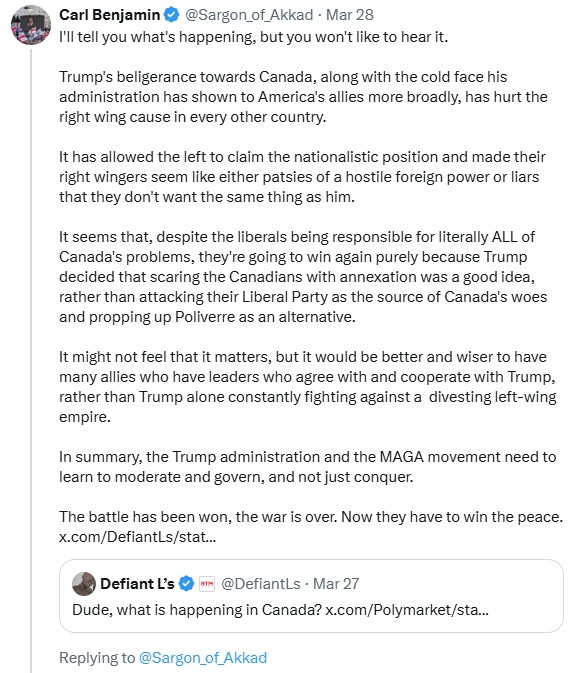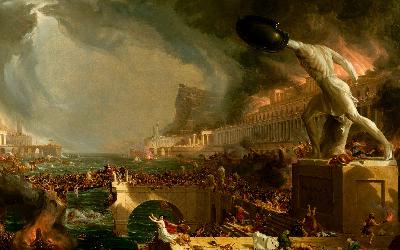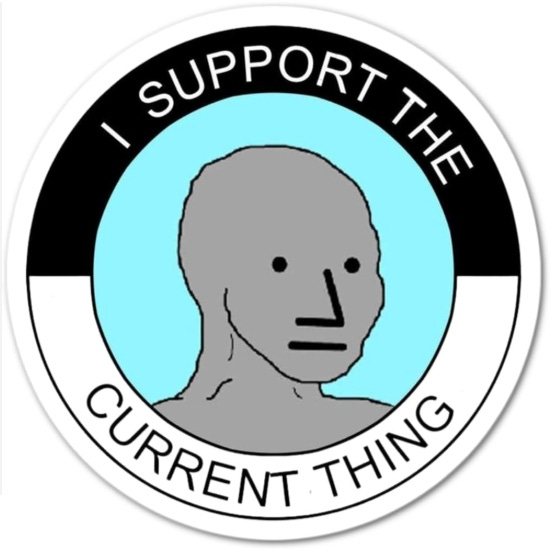Trump 2.0 Disappoints...
Description
The defining legacy of Trump’s first term is that, within the first couple of weeks after it ended, President Biden’s executive pen erased virtually every mark Trump had left on America’s system. The US rejoined the Paris Climate agreement. Construction of the border wall was stopped (and construction materials were auctioned off for pennies on the dollar). The doors were once again thrown wide open to even more uncontrolled illegal migration. And existing oil and gas development permits were rescinded or suspended.
Even the Keystone XL Pipeline permit, which was mandated into existence by Trump in 2017 as an executive order during the first days of his presidency to put a stop to a decade of ideological bureaucratic obstructionism, was revoked by Biden in the first days of his presidency in 2021, also by executive order. The company building the pipeline (TC Energy) launched a $15 billion lawsuit against the U.S. government to try to recover its investments (construction was already well underway!), but a trade tribunal tossed out their claim in 2024, cynically ruling that since the permit had been issued under NAFTA rules but NAFTA no longer existed since it had been replaced by the US-Mexico-Canada trade agreement, the company was not entitled to compensation. The province of Alberta also has a $1.3 billion lawsuit running against the U.S. government to try to recover its share of investments into the Keystone XL project — that lawsuit is still ongoing.
There’s no shortage of examples of how Trump 1.0’s legacy was erased as soon as he left office. Not only did Trump not leave a mark but, with the stroke of the executive pen, contracts, permits, negotiations, and investments conducted in good faith under his watch subsequently became financial and legal liabilities for companies and even for foreign governments as soon as a different set of hands gained authority over the executive pen.
That’s the trouble with ‘rule by executive order’ — it’s arbitrary, temporary, unaccountable, dictatorial, and frequently vengeful. And the ideologically-captured courts are happy to play along, thus legitimizing this arbitrary power into law. What’s lawful versus what’s right increasingly no longer overlap.
When the Founding Fathers drafted their Constitution, presidential authority to issue executive orders wasn’t explicitly defined, and their use was originally very limited, mostly for administrative or minor procedural matters – in those days, the young federal government had a limited scope, and the separation of powers was strictly interpreted. Law-making at the federal level was the responsibility of Congress — full stop. And most of the laws that directly affected citizens’ lives were made at the state level (by state legislatures) — again, full stop. Presidential authority was little more than a thin and rarely-felt overlay to tie that republic together, with the president’s primary responsibilities limited to defense and international diplomacy, to ensure that laws were properly enforced, and to create a check on Congress’s legislative power.
Not anymore.
One precedent after another has gradually expanded the power of the executive branch to the point where, today, an executive order increasingly resembles a royal decree that is routinely used to bypass Congress, even as Congress willfully abdicates is lawmaking responsibilities to both the judicial and executive branches.
Don’t let the legalese deceive you — “rule of law” has given way to “rule by law” as judicial decisions, bureaucratic decrees, and executive governance are increasingly reinterpreted and enforced not by principle but rather primarily based on the priorities of whichever party is in control of that institution. Even the idea of an impartial judiciary has long-since given way to a politicized judiciary that’s frequently engaged in social-engineering. Americans may have given King George III a proverbial bloody nose during their Revolutionary War, but today King George III must be laughing in his grave as America (regardless of which party is in charge) evolves to become exactly what they fought to liberate themselves from in 1776.
If you want to know where this evolving system leads, you only have to look north to Canada to the arbitrary and almost absolute authority that is exercised by our Prime Minister, Privy Council, and the myriad of unaccountable bureaucracies that rule over us. Canada never managed to cast off King George III’s shadow — it is baked right into our constitution even if the prime minister has replaced the king as the de-facto governing head of our constitutional monarchy.
As we’ve seen time and time again, our “constitution” means whatever our prime minister and our bureaucracies want it to mean on any given day as our ‘constitutional monarchy’ evolves to become a ‘bureaucratic tyranny’ in all but name. Our recently elected prime minister, Mark Carney, has even rolled out a new plan to build “one Canadian economy, not thirteen” — it’s the ultimate symbol of the collapse of provincial sovereignty and local decision-making. The relentless centralization and expansion of arbitrary federal powers on either side of our border continues unabated — Canada leads the way, but the US is not far behind.
Trump didn’t create this arbitrary and abusive system in America. However, he also did nothing to dismantle that arbitrary centralized authority or to reverse America’s evolution away from a decentralized republic towards quasi-imperial rule. Instead, like every president before him, he used that power to rule America according to his vision of what is best for the country, thus continuing the well-established tradition of stretching the power of the executive pen just a little bit further with each new administration to bypass the tedious and time-consuming process of lawmaking via Congress, just as Obama, Bush, Clinton, Bush Sr., Reagan, and so many others did before him.
And Biden continued that centuries-long tradition when he followed Trump into office… and the precedents he set through his use of the executive pen only expanded that arbitrary power still further.
The main political struggle today is no longer about the separation of powers that once gave the republic its vitality, or about imposing limits on government authority, or about restoring state sovereignty — it’s all about which party gets to be in charge of that vast centralized authority and what new schemes can be dreamt up to reshape America through government meddling. Each side predictably cries foul when their opponents use that power while cheerfully unleashing that same power to the maximum extent as soon as they get their fingers on the throne — neither decentralization nor the dismantling of excess government authority is on the menu.
On so many other levels, Trump 1.0 was equally disappointing not because his administration represented a break with the past (as Democrats and mainstream media would have us believe), but because, other than the mean tweets, it was a continuation of many of the structural issues of the past. Sure, Trump 1.0 changed the curtains and the music, but beneath the fluff all the core elements that are undermining the decentralized, liberty-focused Idea of America remained in place.
Out-of-control spending and out-of-control debt continued to grow unchecked under Trump 1.0 (even before Covid) despite his fierce criticisms of both of those things before he assumed office. And his lockdowns, mask mandates, and Operation Warp Speed were textbook cases of authoritarian diktats — the perfect illustrations of the philosophical shift that has taken place in America over the past two centuries as government evolved from ‘protector of rights’ to ‘meddling shepherd in charge of engineering outcomes’. Through these actions, Trump proved once again why central planning always ends in a disaster regardless of whether the intentions are good or bad. Biden’s Covid policies were even more authoritarian and heavy-handed than Trump’s as his vision of government intervention went still further but, in reality, both presidents are merely separated by degrees, not by philosophical principle.
Trump 1.0 also supported (and even expanded) the military build up in the Ukraine and the tone-deaf stance taken by NATO as it threatened to expand onto Russia’s doorstep, thus giving the lie to his claim that if he had won the 2020 election, the Ukraine War would never have happened (on the contrary, his policies towards the Ukraine contributed in equal measure towards provoking Russia’s Special Military Operation). Perhaps the start date of the war would have been different, but that’s not the same as defusing tensions — the nuanced understanding of what it takes to co-exist with other Great Powers was missing.
And, despite criticizing Obama’s use of drone strikes abroad (a.k.a. targeted assassinations without due judicial process) as reckless, strategically flawed, lacking in transparency, lacking in judicial process, prone to civilian casualties, and ripe with moral problems, after Trump assumed office he nevertheless increased the use of those same drone strikes and expanded America’s counterterrorism footprint in other countries. Even his use of tariffs to reshape the economy to his liking was merely an expansion of Obama’s use of tariffs, and indeed Biden kept most of Trump 1.0’s protectionist “friend-shoring” tariffs in place when he assumed office. Trump 1.0 wasn’t the course-correction that many of his supporters had hoped for when they voted him into office with a mandate to drain the Swamp.
Trump 1.0 also never mana

